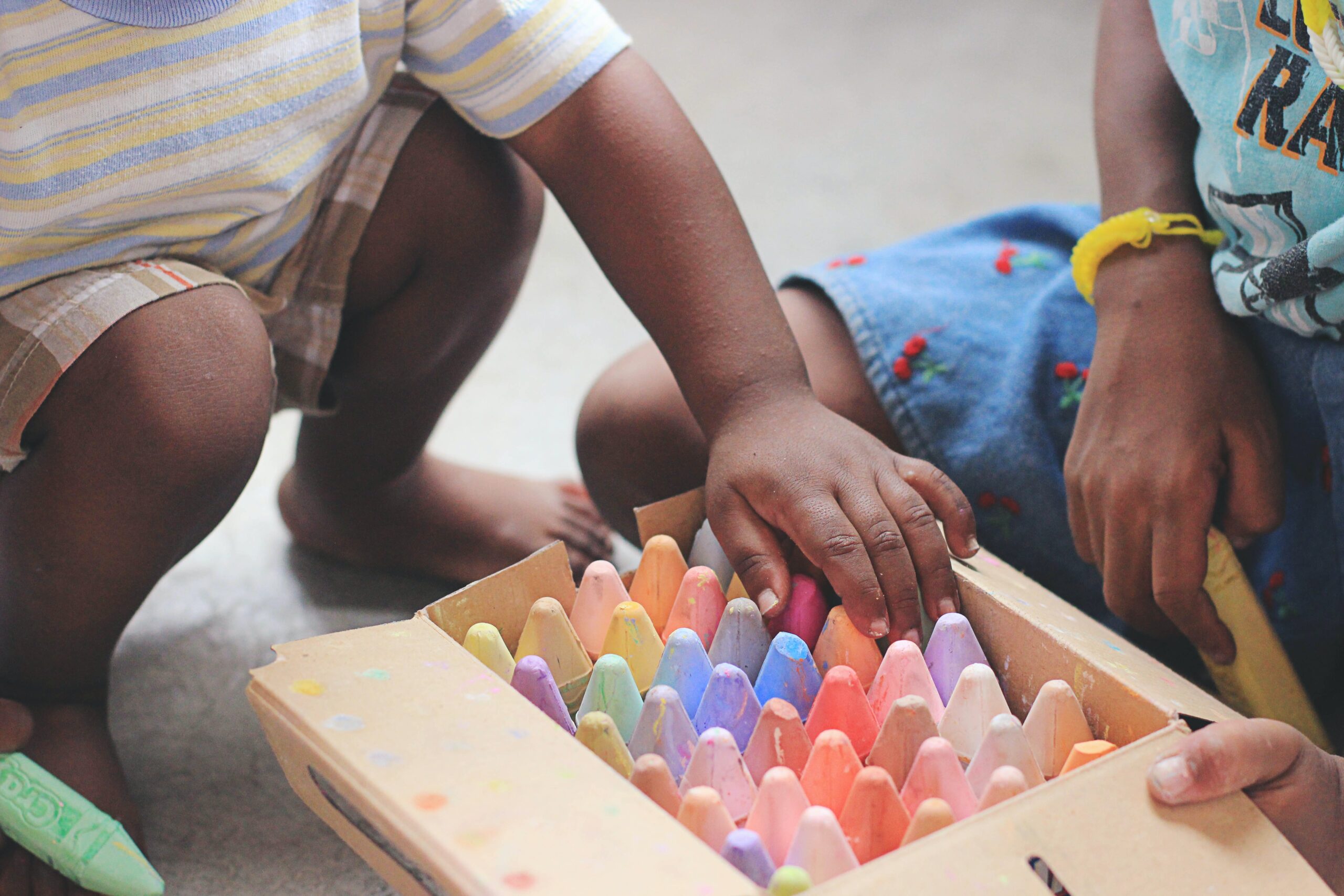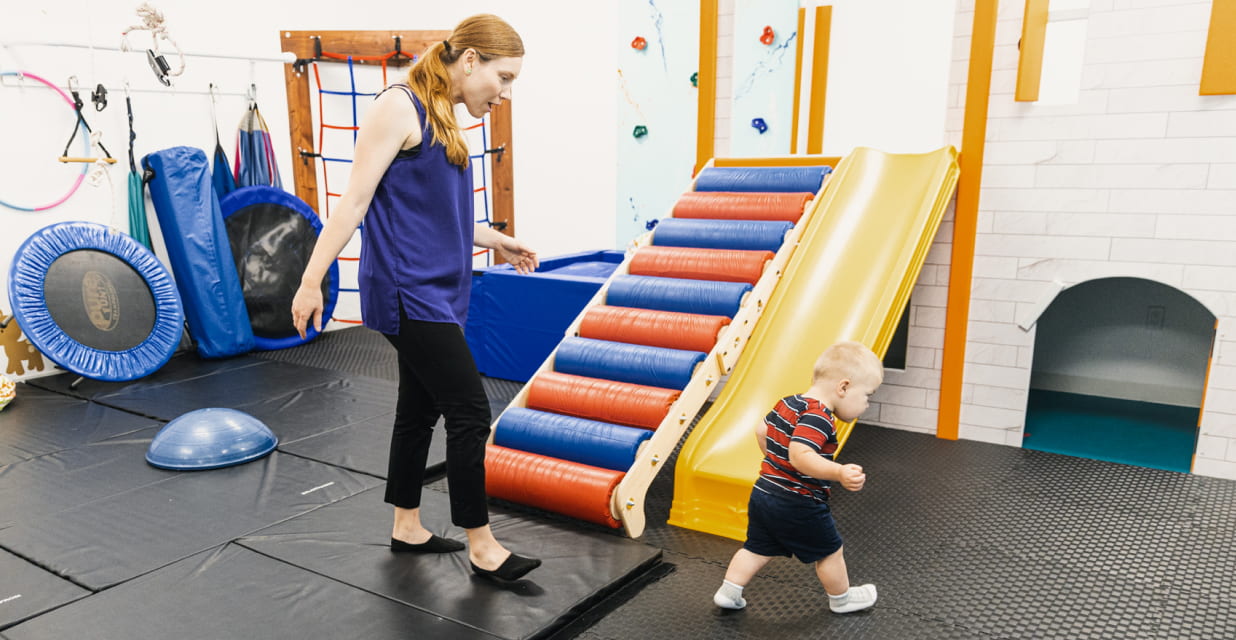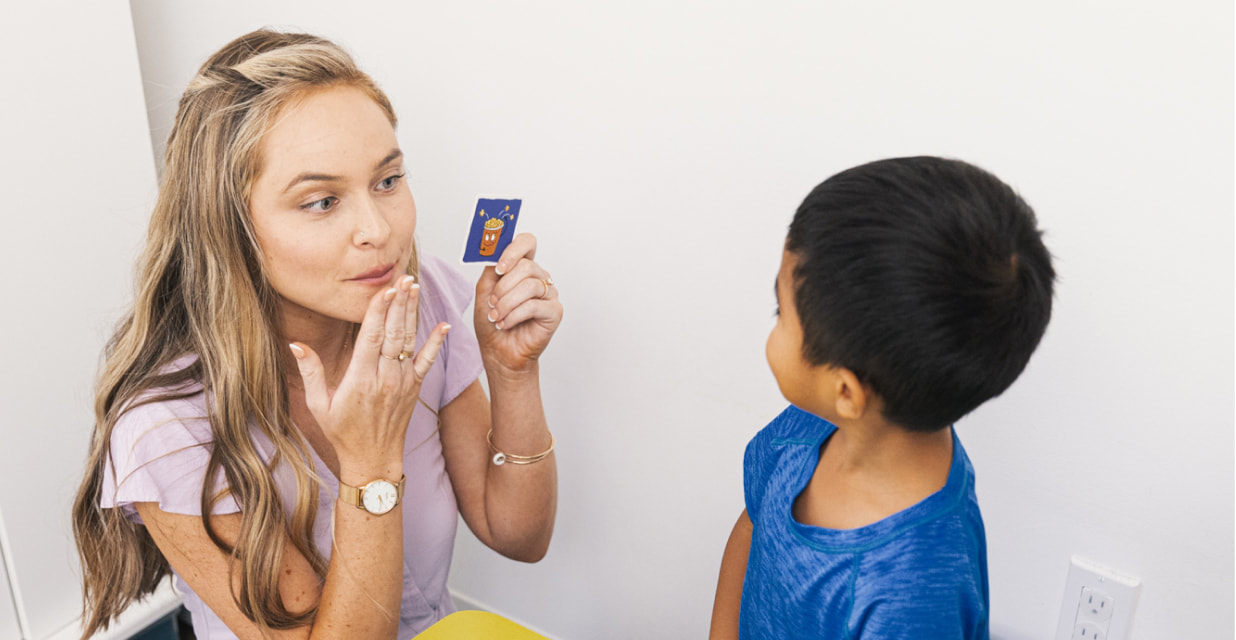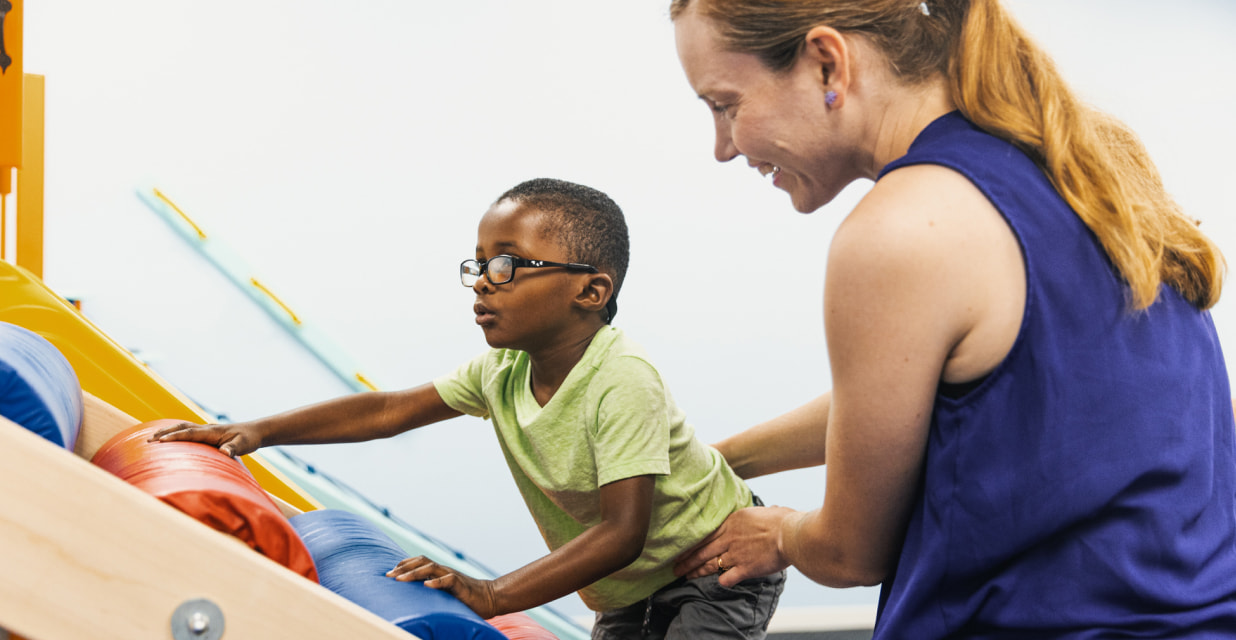It’s the season of love! Everyone shows their love in different ways such as a hug or a kiss. However as Valentine’s Day rolls around the corner, it’s important to remember not everyone will be struck by cupid’s arrow. Some children have difficulty tolerating sensations such as touch that we often associate with this month of love. This aversion to touch sensations is called tactile defensiveness and may present in a child in a variety of ways.
Our tactile system helps us learn more about the world around us and also serves as a protective system to alert us when touch sensations are dangerous. Children who have tactile defensiveness have trouble processing touch sensations which can lead to an over reaction of their nervous system. They may find everyday touch to be uncomfortable or lead to a fight or flight response (Chu, 1999).
Ways tactile defensiveness may present in a child:
- Avoidance of certain clothing textures
- Avoidance of having messy hands or engaging in messy play (shaving cream, fingerpaints, sand, etc)
- Avoidance of being close to other people or children: May not like to stand in lines or be in crowded spaces
- Avoidance of being picked up, hugged, or cuddled
- Avoidance of activities of daily living (showering/bathing, finger nail cutting, teeth brushing, hair brushing, diaper changing, washing face)
- Rub or scratch skin after being touched
If you have noticed your child has difficulty with any of the following, you are not alone and can rely on your occupational therapist to provide customized recommendations to best suit your child’s needs. Below are a list of general recommendations you can use to help your child better process tactile sensations.
Strategies to help your child with tactile defensiveness:
Provide deep pressure:
- Give your child tight bear hugs or place hands firmly on shoulders or head
- Ask permission or alert your child before providing these hugs or tactile input
Change environment:
- Provide enough space for your child when in a crowded area
- Give them a designated space for sitting with a bunch of children
- Organize the waiting line to have your child stand first or last or shorten the amount of time they need to be in line
- Prepare a calming area of your house to allow your child to have time to process sensory meltdowns
Adapt their wardrobe:
- Find fabrics your child can tolerate such as soft cottons or athletic fabrics
- Buy tagless clothing
- Wash new clothing before wearing it to decrease stiffness of fabrics
Participate in heavy work activities that are calming and organizing to the body:
- Encourage child to carry groceries, participate in chores such as vacuuming or moving laundry baskets
- Play push/pull activities or jumping games
- Walk like an animal
We all express our love in different ways, so it is important to be mindful of the cues children provide us. Children learn best through play. As parents, you can create routines to allow opportunities for children to participate in these activities and encourage small steps. Move at your child’s pace and applaud them for small successes they make towards tolerating touch.
By Katherine Danella, OTD, OTR/L
Reference:
Chu, S. (1999). Tactile defensiveness: Information for parents and professionals. Dyspraxia foundation.
https://dyspraxiafoundation.org.uk/wp-content/uploads/2013/10/Tactile_Defensiveness.pdf









